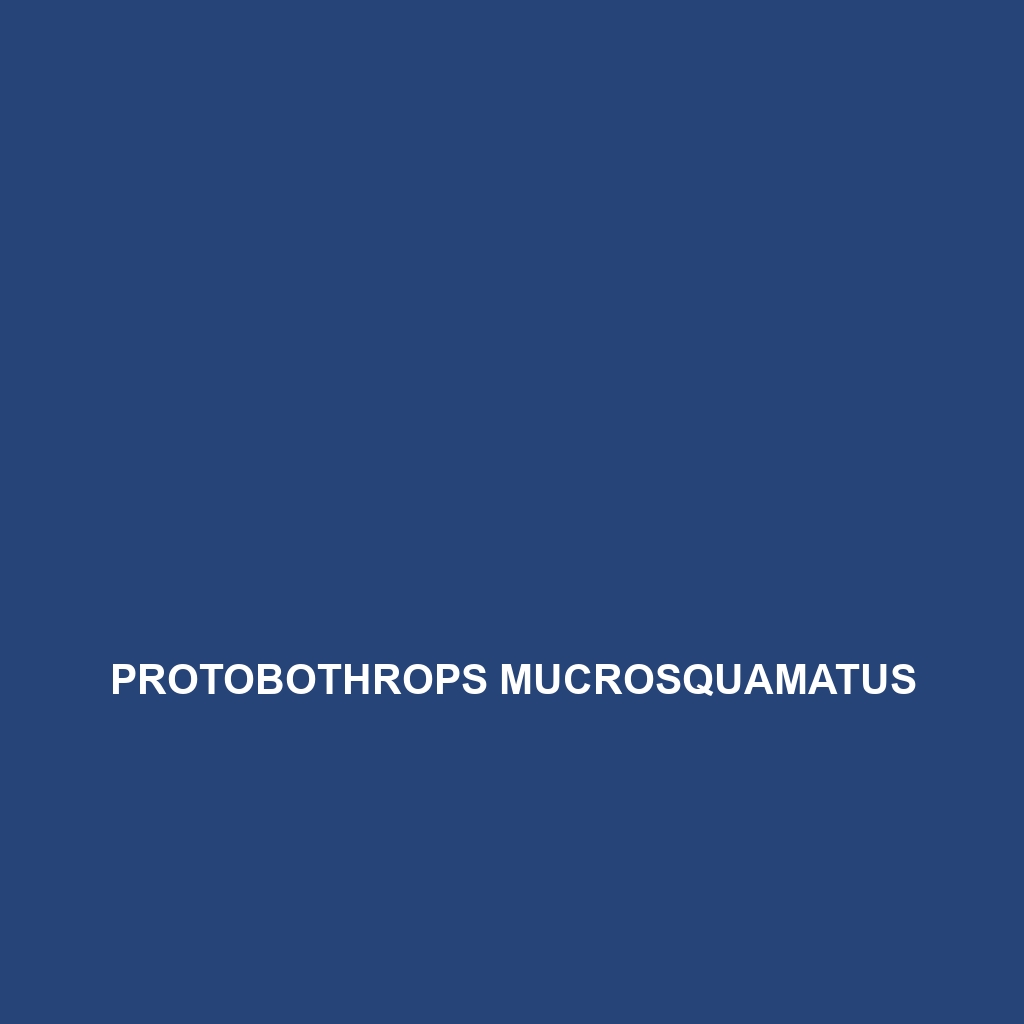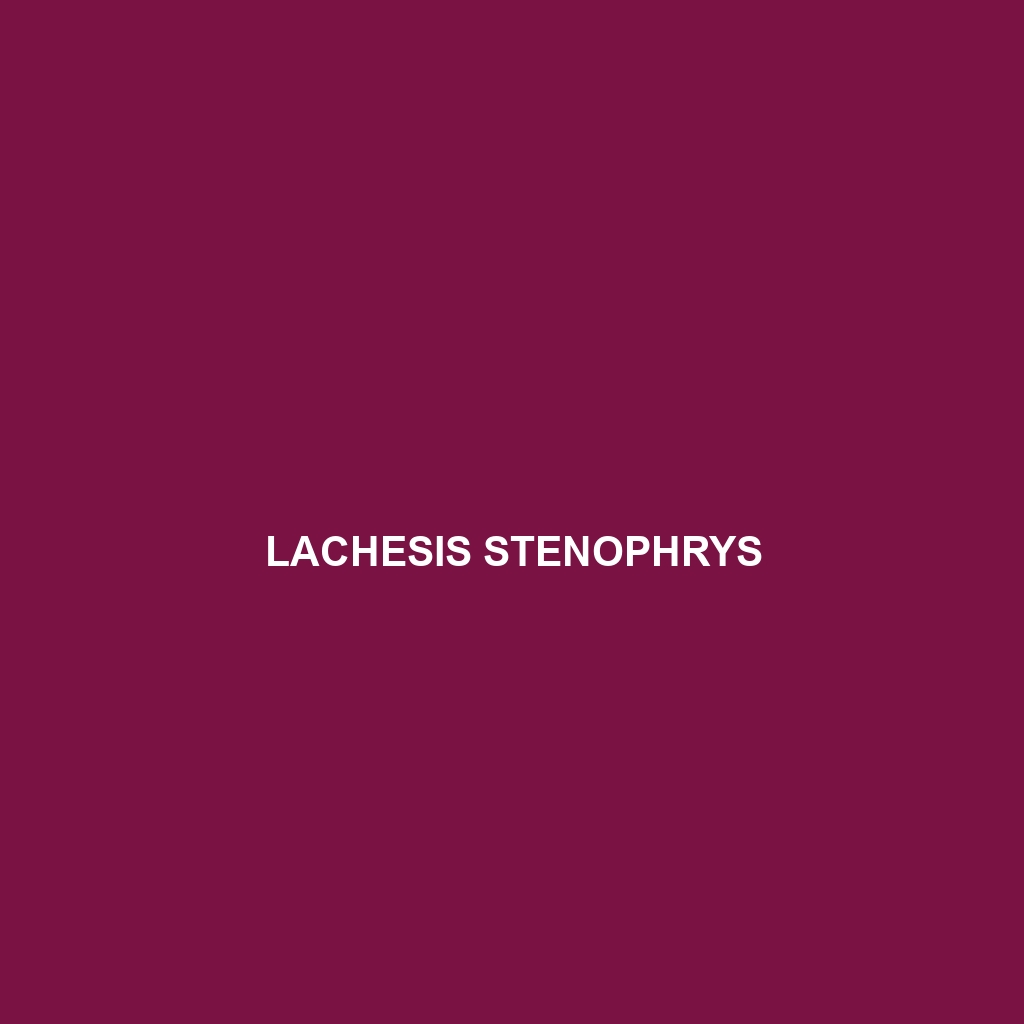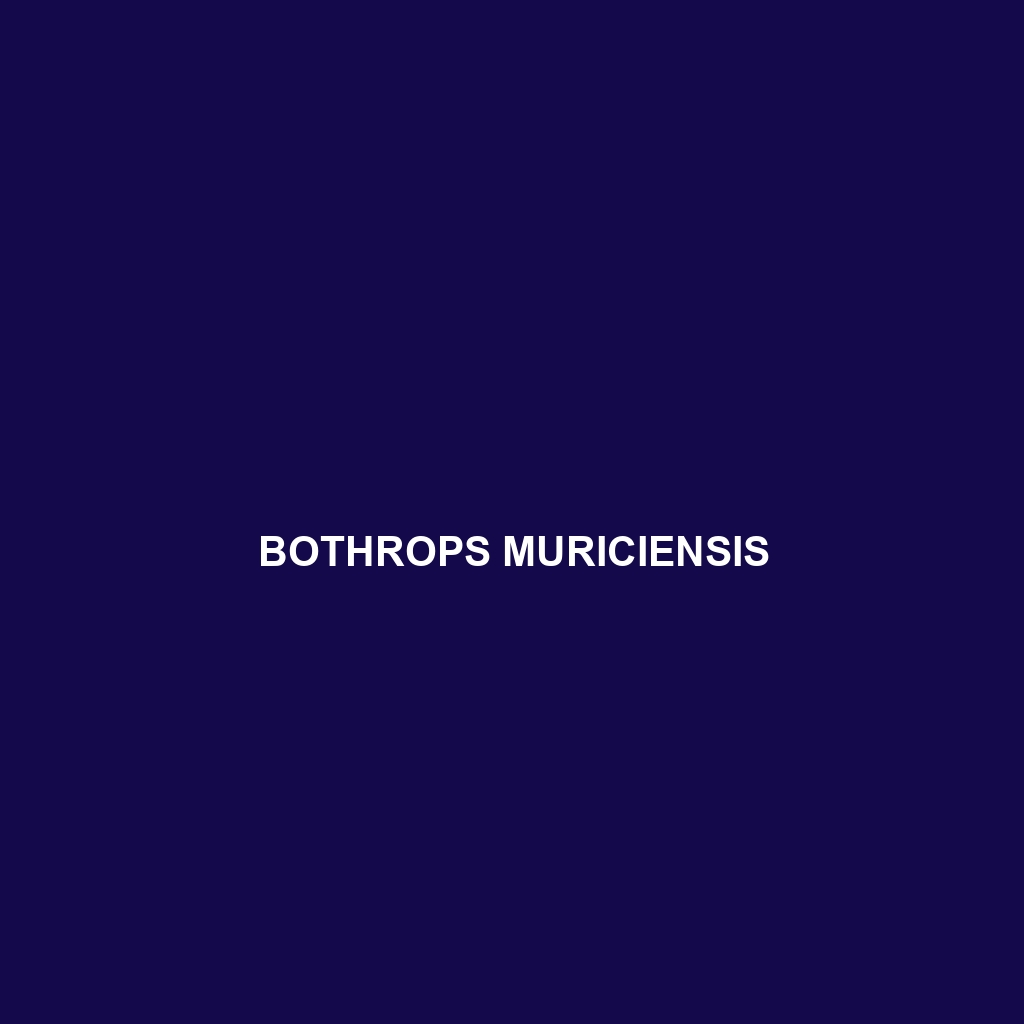<b>Protobothrops mucrosquamatus</b>, commonly known as the sharp-nosed pit viper, is a nocturnal, ovoviviparous snake native to humid tropical and subtropical forests of East and Southeast Asia, exhibiting strong camouflage and a potent hemotoxic venom, primarily feeding on small mammals and birds. With distinctive zigzag patterns and a sharp, elongated snout, this solitary predator plays a crucial role in maintaining ecological balance within its habitat.
Tag: hemotoxic venom
Protobothrops mucrosquamatus
<b>Protobothrops mucrosquamatus</b>, commonly known as the sharp-nosed pit viper, is a nocturnal, ovoviviparous snake native to humid tropical and subtropical forests of East and Southeast Asia, exhibiting strong camouflage and a potent hemotoxic venom, primarily feeding on small mammals and birds. With distinctive zigzag patterns and a sharp, elongated snout, this solitary predator plays a crucial role in maintaining ecological balance within its habitat.
Lachesis stenophrys
Discover the captivating Lachesis stenophrys, commonly known as the Bushmaster, a striking venomous snake native to the tropical rainforests of South America, known for its robust body, distinctive triangular head, and unique coloration that provides excellent camouflage. With a diet primarily consisting of small mammals and birds, this powerful predator plays a vital role in maintaining the ecological balance of its humid habitat.
Gloydius caucasicus
The Gloydius caucasicus, or Caucasian viper, is a robust snake native to the temperate forests and rugged mountain ranges of the Caucasus region, characterized by its distinctive light brown to gray coloration and cryptic zigzag patterns. This carnivorous species primarily feeds on small mammals and birds, exhibiting nocturnal behavior and a fascinating adaptation to tolerate varied temperatures, playing a vital role in maintaining ecological balance.
Echis coloratus
Discover the fascinating Echis coloratus, or horned viper, a stunning desert snake known for its unique triangular head, distinctive horn-like scales, and exquisite camouflage. This carnivorous reptile thrives in arid North African and Middle Eastern habitats, using its ambush hunting skills and potent venom to prey on small mammals, birds, and lizards.
Dispholidus pembae
Discover the <b>Pemba Viper</b> (<i>Dispholidus pembae</i>), a vibrant snake native to Pemba Island's tropical rainforests, known for its striking green to yellow coloration and potent hemotoxic venom. This nocturnal predator plays a crucial role in its ecosystem, maintaining balance by preying on small mammals and birds, while its conservation is essential due to habitat loss and vulnerability.
Bothrops sazimai
Discover the fascinating Bothrops sazimai, a robust viper native to the tropical rainforests of South America, known for its striking zigzag patterns and potent hemotoxic venom. This nocturnal predator plays a crucial role in its ecosystem by controlling small mammal and bird populations, while also exhibiting unique reproductive behaviors and a vulnerable conservation status.
Bothrops punctatus
Discover the Bothrops punctatus, or common fer-de-lance, a strikingly agile pit viper native to the tropical regions of Central America, known for its distinctive triangular markings and potent venom. This nocturnal predator thrives in moist environments, preying on small mammals and birds while playing a vital role in maintaining ecological balance.
Bothrops neuwiedi
Discover the Neuwied's lancehead (<i>Bothrops neuwiedi</i>), a striking terrestrial serpent found in tropical rainforests from southern Mexico to Brazil, known for its distinctive triangular-shaped head, intricate camouflage patterns, and hemotoxic venom used to immobilize a diet primarily consisting of small mammals and birds. This ovoviviparous species plays a vital role in its ecosystem, participating in both predator and prey dynamics.
Bothrops muriciensis
Bothrops muriciensis, or the Murici snake, is a nocturnal, strikingly colored species found in tropical regions of northeastern South America, characterized by its ambush predatory behavior, hemotoxic venom, and role in controlling local rodent populations. This vulnerable species thrives in dense vegetation, with a typical length of 1.2 to 1.6 meters and the unique ability to blend seamlessly into its surroundings.









